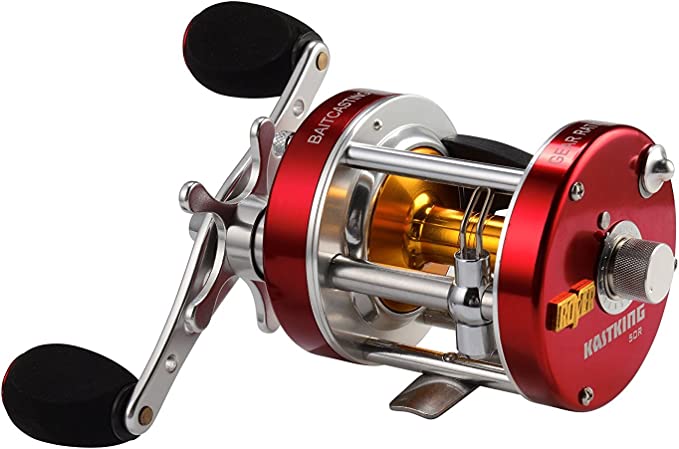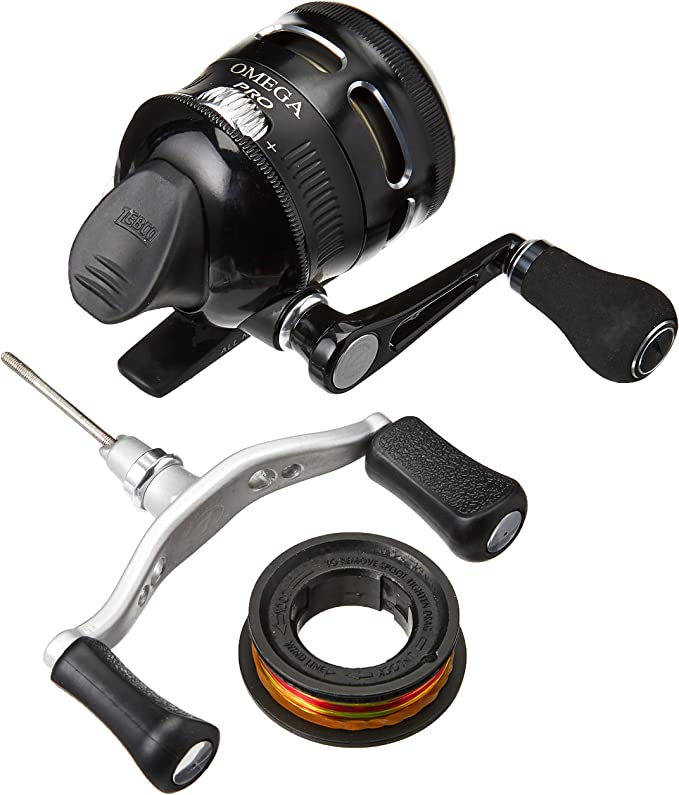Coastrail Outdoor Propane Camping Stove: Your Portable Kitchen for Culinary Adventures
Update on June 13, 2025, 11:12 a.m.
We’ve all been there, scrolling through pages of outdoor gear, our eyes glazing over specifications. Then, a number jumps out: 20,000 BTU. It sounds impressive, powerful. The marketing tells us this is what we want. But let me ask you a question I often ponder over a campfire: is that number the whole story? A raging bonfire puts out an immense amount of energy, far more than 20,000 BTUs, yet you’d struggle to efficiently boil a kettle over it. The real story of cooking, especially in the wild, has never been about raw, untamed power. It’s about control.
What sits inside a modern camping stove like the Coastrail Outdoor model is the culmination of a million-year-long human journey: the quest to perfect the art of taming fire. It’s a story of science, clever engineering, and hard-won lessons. So, let’s open up this metal box together and take a journey into the soul of the flame.

The Heart of the Matter: The Chemistry of a Perfect Flame
Before any cooking can happen, we need fuel. Inside that green propane canister is our protagonist: Propane, or C₃H₈, a bundle of potent energy compressed into a liquid state, just waiting for a chance to be released. When you turn the knob, it vaporizes and hisses out, ready to perform its chemical dance.
That dance is called combustion. In a perfect world, the recipe is simple: one part propane mixes with five parts oxygen to create heat, water, and carbon dioxide. The visual proof of this perfect reaction is a steady, vibrant blue flame. That blue color is the signature of complete combustion, meaning you’re extracting the maximum amount of energy from your fuel. But if you ever see a lazy, yellow, sooty flame, you’re witnessing waste. That’s unburnt carbon, energy that’s turning into soot on your pots instead of heat in your food.
So, the very first and most critical job of any stove is to be a master chef, flawlessly mixing the fuel and the air. The burner itself is designed with dozens of tiny ports, not just to let gas out, but to pull in the surrounding air, a principle known as the Venturi effect. It’s an elegant, self-regulating system designed to achieve that ideal, energy-efficient blue flame.

The Fortress for the Fire: Where Physics Meets a Windy Day
Now we can talk about that big number. A British Thermal Unit (BTU) is a measure of heat, and having 20,000 of them on tap sounds great. But the number printed on the box is the stove’s potential power in a perfect, windless lab. The only number that matters at your campsite is the effective power—the heat that actually makes it to your pan. This is where thermodynamics and aerodynamics crash the party.
Wind is a relentless thief. It steals heat from the flame and, more critically, it violently disrupts that carefully balanced fuel-air mixture. This is why a simple stove can feel utterly useless on a blustery afternoon. The Coastrail stove’s primary defense is its set of three-sided windshields. But think of them as less of a simple wall and more of an aerodynamic fortress. They create a pocket of calm, a “throne room” where the flame can burn stably, shielded from the chaos outside. This ensures that the heat it generates goes up, via convection and radiation, directly into your cookware. The grate and burner design then act as the stage, shaping the flame to provide a wide, even footprint of heat, preventing the dreaded “hot spot” that burns the center of your pancakes while leaving the edges raw.

The Spark of Creation: A Bolt of Lightning in Your Fingertip
For millennia, creating fire was arduous work. Rubbing sticks, striking flint—it all required skill and dry conditions. The “electric ignition” on this stove feels like magic by comparison, but it’s pure, beautiful physics. It’s called the piezoelectric effect.
Inside that little red button is a specialized crystal. When you push it, a spring-loaded hammer strikes the crystal with a sharp, sudden force. This mechanical shock forces the crystal’s internal structure to rearrange, generating a massive electrical voltage on its surface. This voltage is high enough to leap across a small gap to the burner, creating a tiny, intense bolt of lightning—a spark. It’s an incredibly elegant system that requires no batteries and is far more reliable in the damp than any match.
Now, it’s true that this is often a point of failure in camp stoves, as some user reviews for this product reflect. One user’s igniter might work flawlessly for years, while another’s fails early. This isn’t a failure of the science, but a testament to the challenge of engineering. The mechanism is a precise, mechanical action. A slight misalignment, a bit of grime, or the stress of being knocked around in the back of a car can be enough to prevent a clean spark. It’s a marvel, but a delicate one that appreciates a gentle touch.
The Soul in the Steel: The Art of Engineering Compromise
I often get asked why a stove like this, intended for car camping, weighs 10.4 pounds. Why not use lighter aluminum or exotic titanium? The answer lies in one of the most fundamental truths of design: the art of compromise. Every product exists within an “impossible triangle” of Cost, Durability, and Weight. You can usually pick two.
This stove is built primarily from painted and alloy steel. Steel is heavy, but it is also strong, cheap, and incredibly durable. It can withstand the heat of the burners without warping and endure the bumps and scrapes of a camping lifestyle far better than softer aluminum. The choice of steel makes this stove affordable and robust—a pragmatic decision for its intended user.
Where the material choice is less of a compromise is the stainless steel drip pan. That brilliant shine isn’t just for looks. Stainless steel contains chromium, which forms an invisible, self-healing layer of chromium oxide on the surface. This microscopic “armor” is what makes it “stain-less,” protecting the steel beneath from acidic food spills and rust. It’s a hygienic, non-porous, and tough surface, which is why cleanup is as simple as wiping it down.
This philosophy of compromise also touches on the simmer control. Some users find it works well, while others complain of an “all or nothing” flame. Designing a valve needle that can precisely throttle a high-pressure gas flow from a roar down to a whisper is an immense challenge in a compact, affordable package. It requires incredibly fine tolerances. A slight variance in the needle’s taper or the valve seat can make the difference between delicate control and a jumpy, frustrating experience. It’s one of the subtle, unseen battlegrounds of stove engineering.

More Than Just a Flame
So, when you next look at a camping stove, I hope you see more than a metal box with a BTU rating. You’re looking at a masterpiece of controlled chaos. It’s a chemical reactor, an aerodynamic chamber, a physics experiment, and a case study in engineering trade-offs. It is the modern-day culmination of our species’ long, intimate, and vital relationship with fire.
Understanding the soul of your gear doesn’t just make you a more informed consumer. It connects you to the ingenuity behind it and to the very experience of being outdoors. The goal of great equipment, after all, is to work so reliably that it becomes invisible, allowing you to focus on the sizzle of the bacon, the aroma of the coffee, and the beauty of the world around you. The next time you turn that knob and hear that satisfying whoosh of ignition, listen closely. You’re not just cooking dinner—you’re conducting an orchestra of science.







































